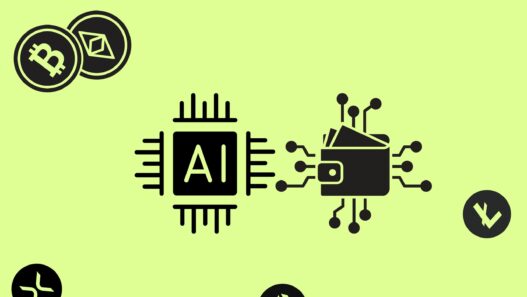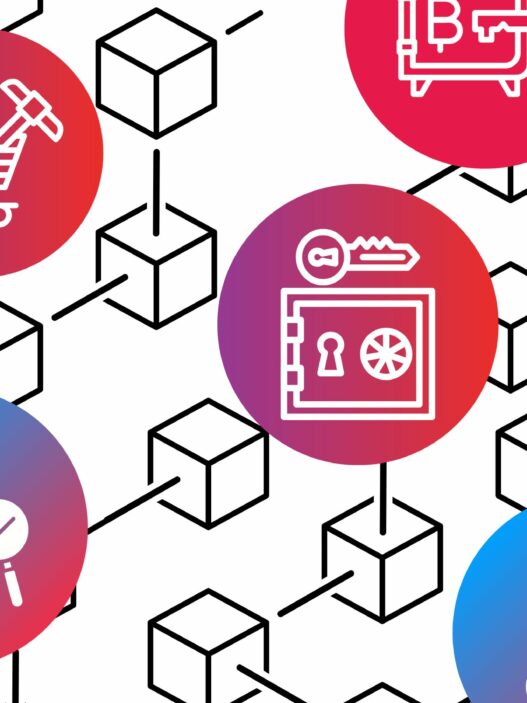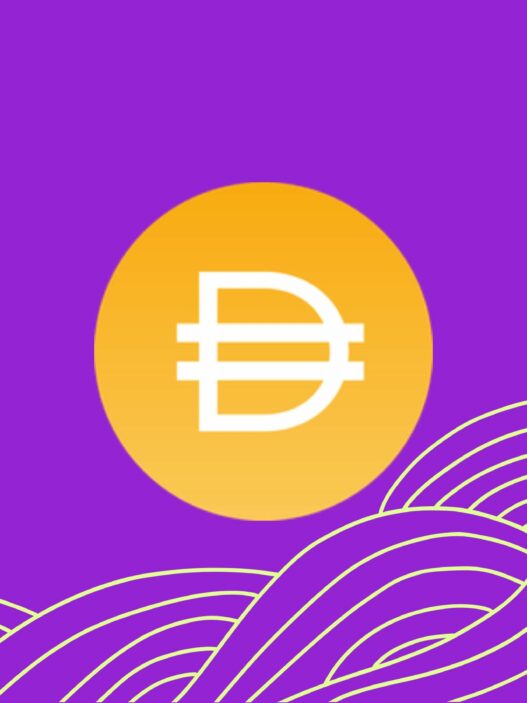Blockchain technology is often heralded as one of the most revolutionary innovations of the 21st century. It has the potential to disrupt industries ranging from finance to healthcare, supply chain management to digital identity verification. But what exactly is blockchain, and why is it so important? This article explores the fundamentals of blockchain technology, how it works, and why it is considered a game-changer in the digital economy.
Blockchain is a decentralized digital ledger that securely stores records across a network of computers in a way that is transparent, immutable, and resistant to tampering. Each “block” contains data, and blocks are linked in a chronological “chain.”
Understanding Blockchain
Blockchain is like a shared Google Doc that updates in real-time but never allows past edits to be deleted. It is a decentralized digital ledger that records transactions across multiple computers, ensuring that once a transaction is recorded, it cannot be altered retroactively. This ensures transparency, security, and immutability—three core features that distinguish blockchain from traditional databases.
Key Characteristics of Blockchain
- Decentralization – Unlike traditional centralized databases managed by a single authority, blockchain operates on a peer-to-peer (P2P) network where each participant (node) has a copy of the entire ledger.
- Immutability – Similar to a bank statement that records all transactions permanently, blockchain ensures that once a transaction is recorded, it cannot be changed or deleted, preserving a high level of data integrity.
- Transparency – Every transaction is recorded in a public ledger (for public blockchains), which allows anyone to verify and audit data, ensuring trust among participants.
- Security – Transactions are encrypted and linked using cryptographic hashes, similar to fingerprinting, where each transaction has a unique, unchangeable identifier, making them highly secure against tampering and fraud.
How Blockchain Works
At its core, blockchain consists of blocks that store data. Each block contains:
- A list of transactions
- A timestamp
- A unique identifier known as a hash
- The hash of the previous block, linking it to the blockchain
This structure ensures that any attempt to alter a block would require altering all subsequent blocks, making fraudulent changes virtually impossible. The process of validating transactions before adding them to the blockchain is managed by consensus mechanisms, such as Proof of Work (PoW) or Proof of Stake (PoS). We will discuss separately each of these concepts but for now just let’s stick to the generic terminology.
Types of Blockchain
Blockchain networks can be categorized into different types based on their access levels. Think of public blockchains like Bitcoin as a community bulletin board open to everyone, while private blockchains function like an invitation-only business meeting.
- Public Blockchain – Open to anyone, allowing unrestricted participation and transparency (e.g., Bitcoin, Ethereum).
- Private Blockchain – Restricted to authorized users, commonly used by enterprises for internal operations.
- Hybrid Blockchain – A combination of public and private blockchains to balance transparency and security.
- Consortium Blockchain – Controlled by a group of organizations rather than a single entity, often used in supply chain and finance.
Applications of Blockchain
Blockchain is not limited to cryptocurrencies like Bitcoin and Ethereum. Its potential extends to various industries, including:
- Finance – Facilitates faster, more secure transactions, reducing reliance on intermediaries.
- Healthcare – Enables secure sharing of patient records while maintaining privacy.
- Supply Chain Management – Enhances transparency and traceability in logistics.
- Voting Systems – Provides a tamper-proof way to conduct elections.
- Intellectual Property – Protects digital content from piracy through smart contracts.
The Future of Blockchain
As blockchain technology continues to evolve, its adoption is expected to increase across multiple sectors. Innovations like decentralized finance (DeFi), non-fungible tokens (NFTs), and central bank digital currencies (CBDCs) highlight the versatility of blockchain. However, challenges such as scalability, regulatory concerns, and energy consumption need to be addressed for widespread adoption.
What’s Coming?
Blockchain technology is like a digital notebook shared among trusted friends, where no page can be erased or rewritten, ensuring security and transparency in how data and value are exchanged online. With its decentralized, transparent, and secure nature, blockchain is paving the way for a more trust-driven digital economy. As organizations and governments explore its potential, blockchain is poised to become a cornerstone of the Internet of Values.
If you want to dig really deeper into the subject we recommend exploring:
Don Tapscott, Alex Tapscott: Blockchain Revolution: How the Technology Behind Bitcoin and Other Cryptocurrencies Is Changing the World
Disclaimer: This content is for purely entertaining and educational purposes. Before investing in cryptocurrencies, conduct thorough research and due diligence. Neither the author nor the publication is liable for any financial losses you may incur.






















